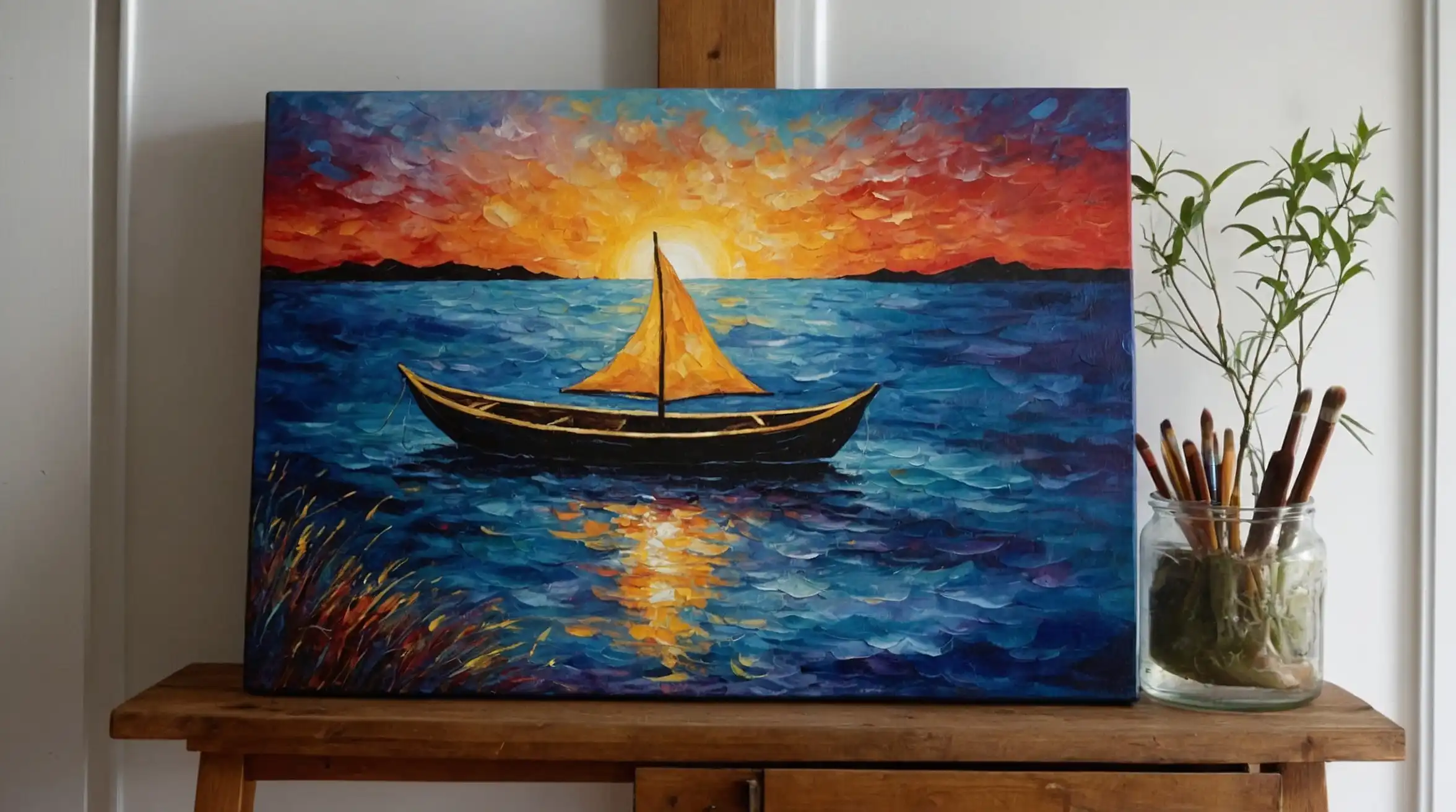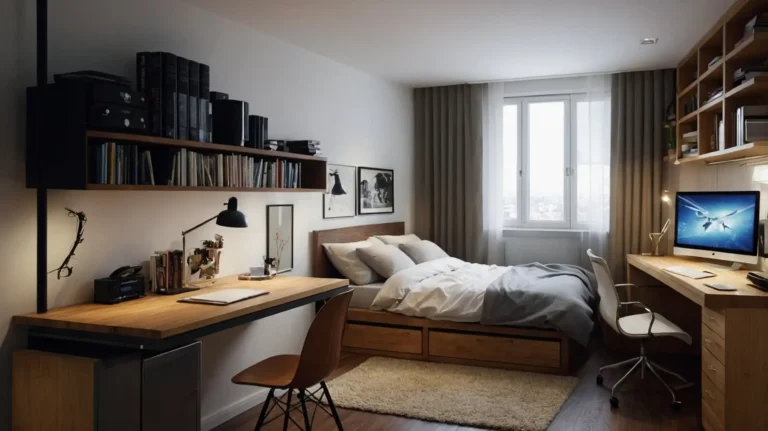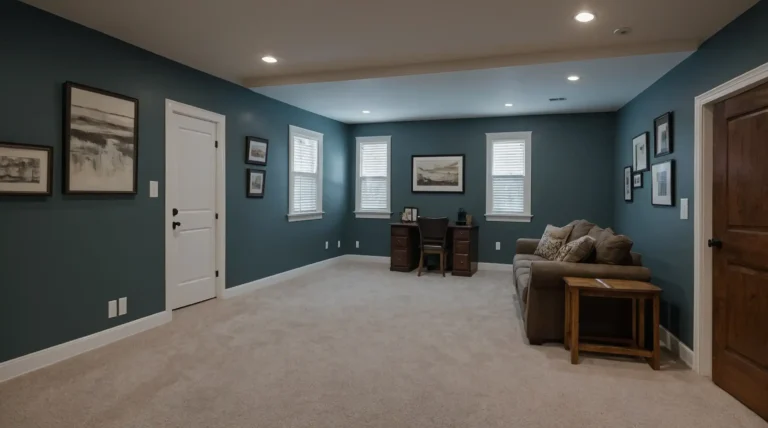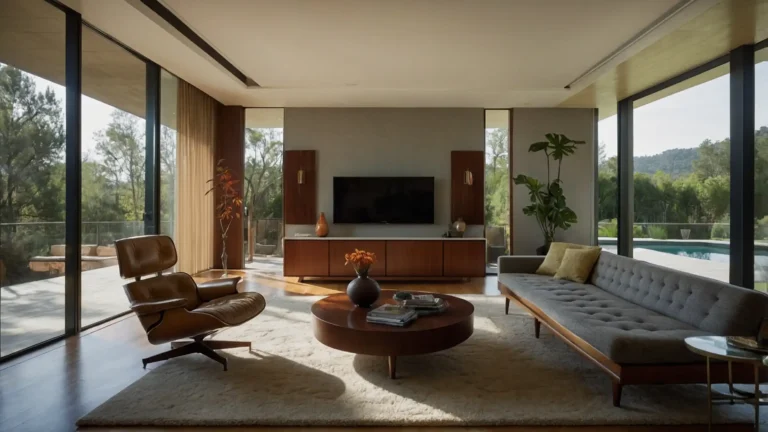21 Easy Canvas Painting Ideas That Anyone Can Create (Even Beginners!)
Canvas painting offers a wonderful creative outlet that doesn’t require years of art training to enjoy.
As a beginner, you might feel intimidated by a blank canvas, but the right project can build your confidence while teaching basic techniques.
With just a few supplies and some inspiration, you can create beautiful artwork for your home or to give as thoughtful gifts.
These beginner-friendly ideas focus on achievable results rather than complex techniques.
Ready to unleash your inner artist?
Here are 21 DIY canvas painting ideas that will help you discover the joy of creating something beautiful with your own hands.
1: Ombré Sunset Horizon
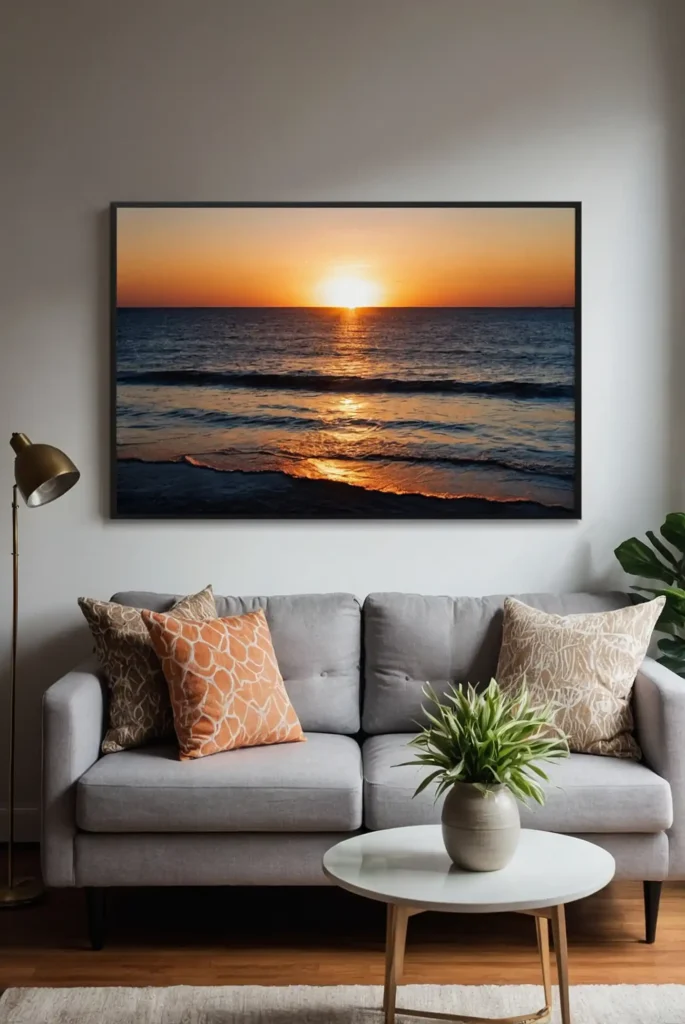
Create a stunning sunset effect by blending colors horizontally across your canvas.
Start with deep blue at the top, fading through purple, pink, orange, and yellow to create a gradient sunset sky.
Use a wide, dry brush to gently blend the colors where they meet for a seamless transition.
The simple horizon line creates a focal point that requires minimal technical skill.
This technique teaches basic color blending while resulting in a piece that looks professionally crafted.
2: Abstract Geometric Shapes
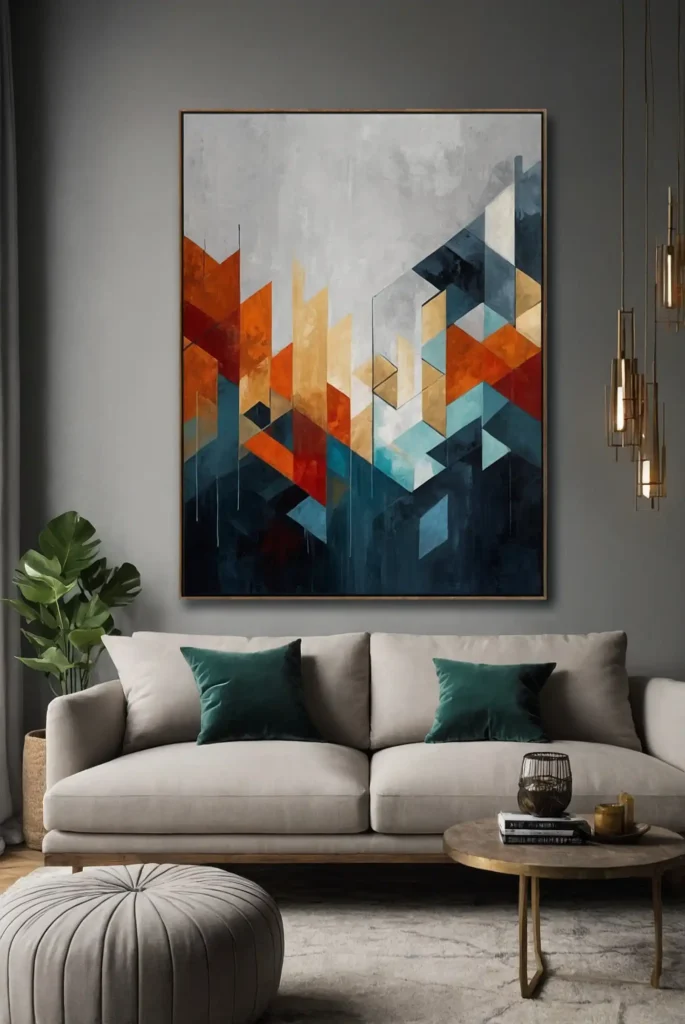
Transform your canvas with bold, colorful geometric shapes using painter’s tape as your secret weapon.
Apply tape in patterns across your canvas to create clean, straight lines.
Paint different sections with contrasting colors, then carefully remove the tape once dry for satisfyingly crisp edges.
You can create anything from simple stripes to complex diamond patterns.
This technique teaches patience and planning while producing modern art that adds a contemporary touch to any room.
3: Silhouette Landscape
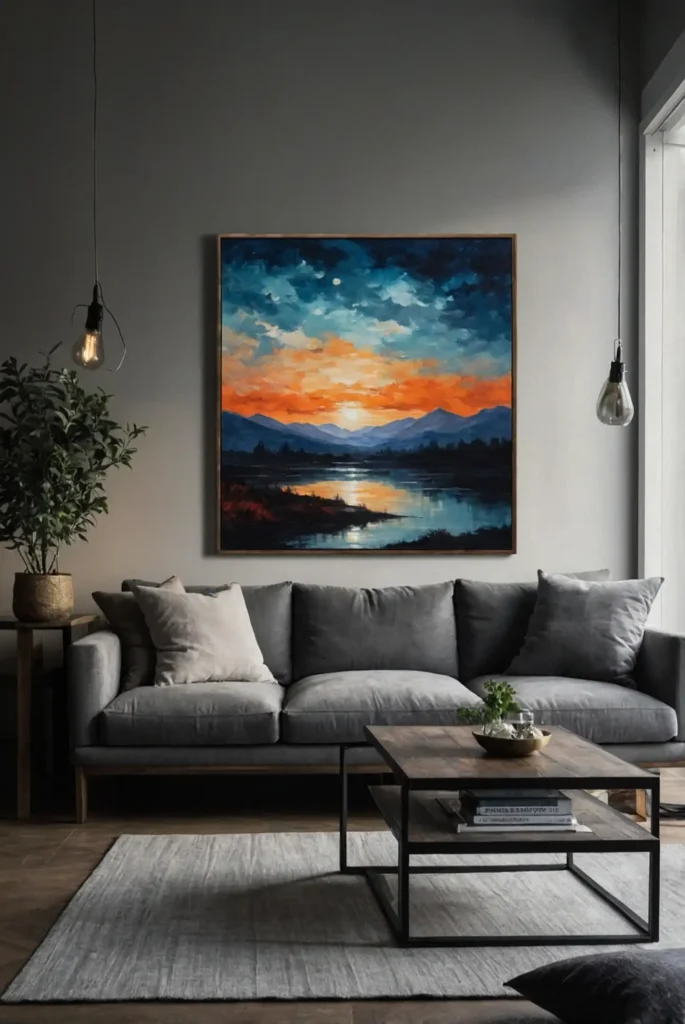
Create dramatic silhouette art by painting a solid background color (like a sunset gradient) and adding black silhouettes of trees, mountains, or city skylines in the foreground.
Use reference photos to trace basic shapes if you’re nervous about freehand drawing.
The high contrast between dark silhouettes and colorful backgrounds creates striking visual impact.
This project teaches basic shape recognition and composition while requiring minimal blending or detail work.
4: Fingerprint Dandelion
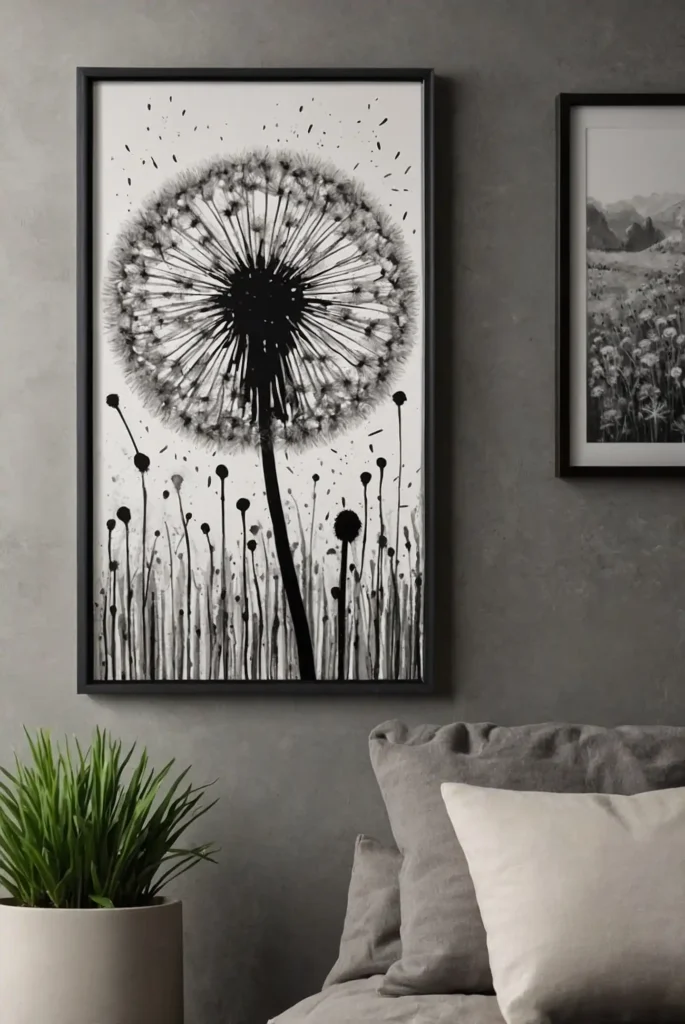
Create a whimsical dandelion by painting a simple stem and seed head, then using your fingerprints dipped in white or light blue paint to create the floating seeds.
Add a few fingerprints scattered across the canvas to show seeds floating away in the breeze.
The imperfection of fingerprints adds charm to this organic design.
This technique introduces mixed media concepts while creating a piece that feels both playful and artistic.
5: Dot Mandala
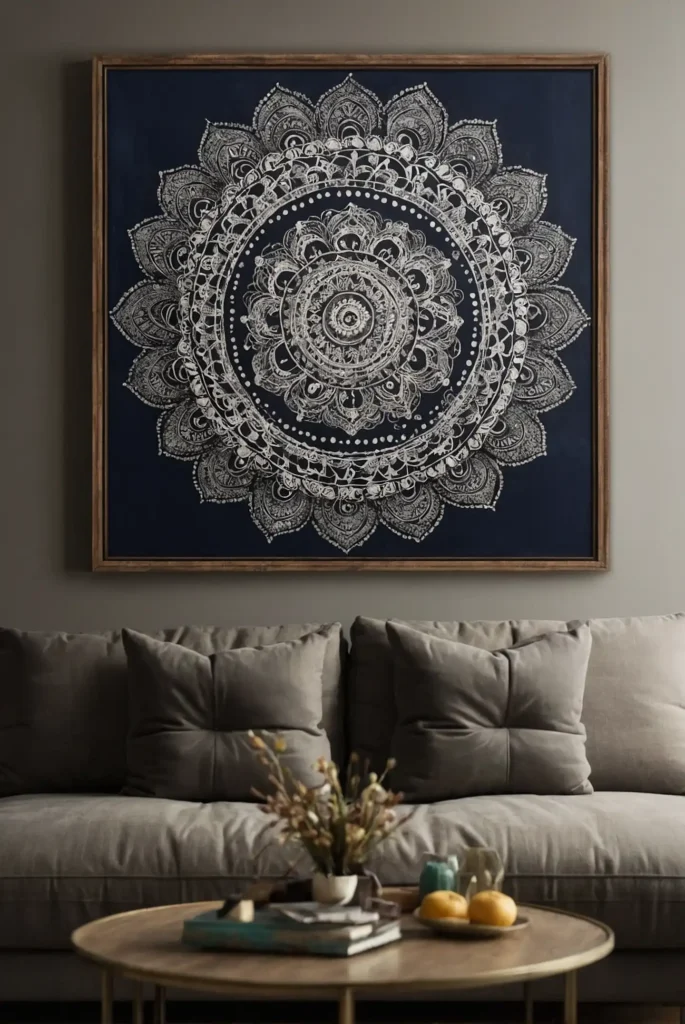
Create beautiful mandala patterns using nothing more complex than a series of dots.
Start from the center with a dot of paint applied with the end of a paintbrush, dowel, or cotton swab.
Work outward in concentric circles, creating patterns with different sized dots and colors.
The repetitive process becomes almost meditative, making this a relaxing first project.
This technique teaches pattern creation and symmetry while requiring minimal brush control or drawing skills.
6: Galaxy Painting
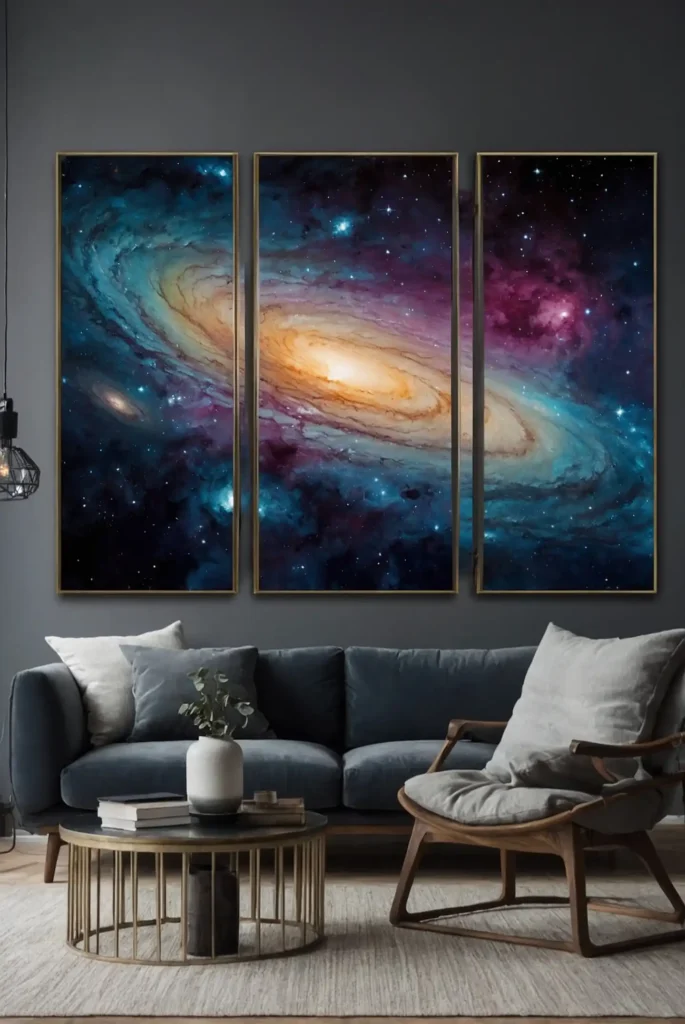
Create cosmic beauty by blending dark blue, purple, and black paint for a deep space background.
Once dry, add splashes of white and colored paint using a toothbrush or flicking a brush for stars.
Enhance your galaxy with swirls of color for nebulae or add planets using circular objects to trace.
The randomness of this technique forgives mistakes and embraces happy accidents.
This project teaches color blending and layering while producing dramatic results that capture the imagination.
7: Simple Floral Still Life

Paint a simple vase shape and add abstract flowers using basic brush strokes.
Use round brush tips to create flower heads with single dabs, and thin lines for stems.
Don’t worry about realistic details – the charm comes from the impressionistic quality. Vary your colors to create visual interest without complex techniques.
This project introduces basic brush control while creating cheerful artwork perfect for kitchens or bedrooms.
8: Minimalist Word Art

Select a meaningful word or short phrase and paint it in a simple, bold font against a contrasting background.
Use painter’s tape or stencils if you’re not confident in your lettering.
Add simple decorative elements like borders or small geometric shapes to enhance your design.
The contrast between text and background creates impactful wall art.
This project teaches balance and composition while creating personalized art with meaning to you.
9: Color Block Animals

Create charming animal silhouettes using simple color blocks.
Sketch a basic animal shape like an elephant, bird, or cat in pencil, then fill with geometric sections of different colors.
Keep your color palette limited to 3-5 coordinating colors for a cohesive look.
The abstract approach forgives imperfect lines while creating modern, playful artwork.
This technique introduces basic form recognition while simplifying animal features into manageable shapes.
10: Stenciled Pattern
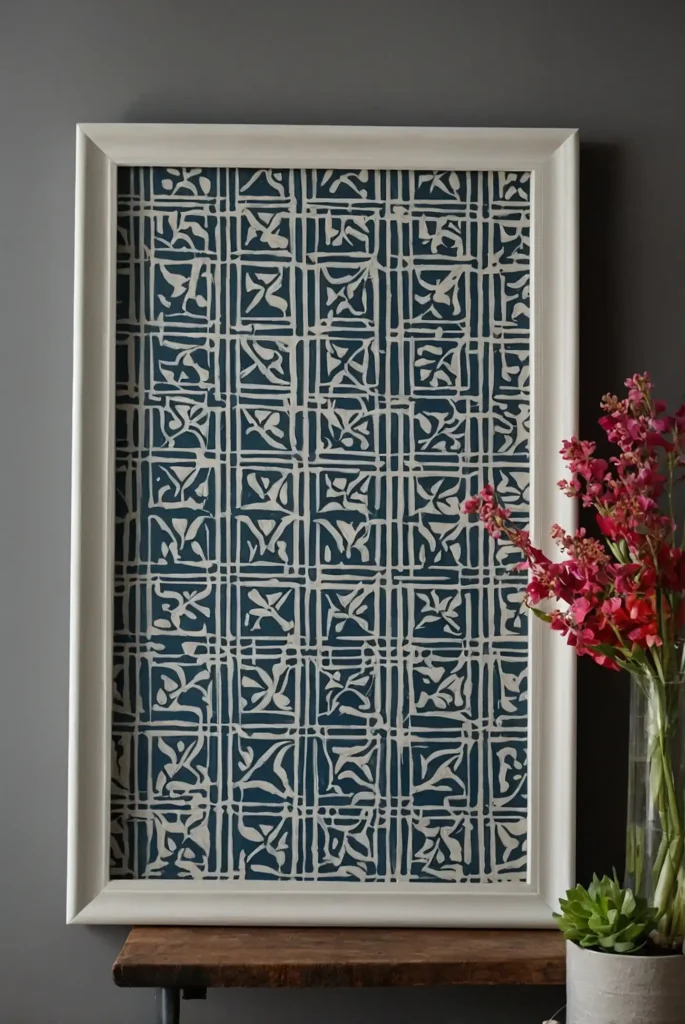
Transform your canvas with beautiful repeating patterns using store-bought or DIY stencils.
Secure the stencil with painter’s tape and apply paint with a dabbing motion using a foam brush.
Move the stencil across your canvas, overlapping slightly for a seamless pattern.
Simple geometric or nature-inspired motifs create elegant, professional-looking results.
This technique teaches patience and precision while creating artwork that looks much more complex than it is.
11: Watercolor-Style Abstract

Create a fluid, dreamlike canvas by thinning acrylic paints with water to mimic watercolor effects.
Allow colors to blend naturally where they meet for soft, organic transitions.
Add interest with salt sprinkled on wet paint to create texture, or blow through a straw to create branchlike patterns.
The unpredictable nature of this technique embraces beautiful accidents.
This project introduces color theory and flow dynamics while producing sophisticated abstract art.
12: Tape-Resist Tree
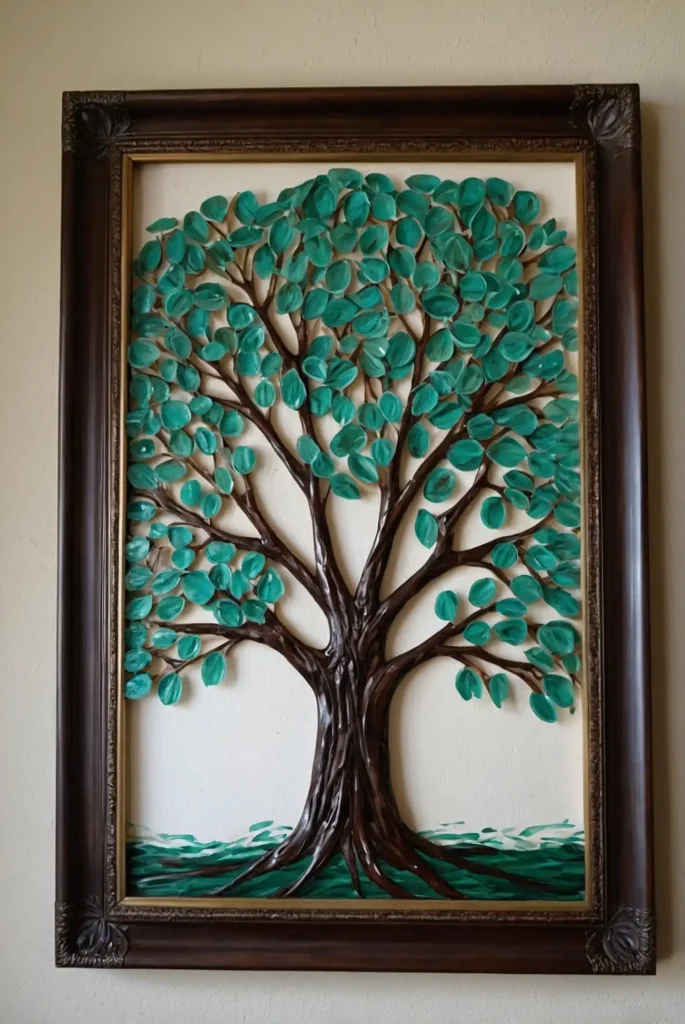
Create a striking tree silhouette by placing painter’s tape on canvas to form a simple tree trunk and branches.
Paint around the tape with a background color or gradient sky.
Once dry, remove the tape to reveal white tree shapes against your colorful background.
Add seasonal touches like cherry blossoms, green leaves, or autumn colors as desired.
This project teaches negative space concepts while creating dramatic nature-inspired art.
13: Monochromatic Landscape
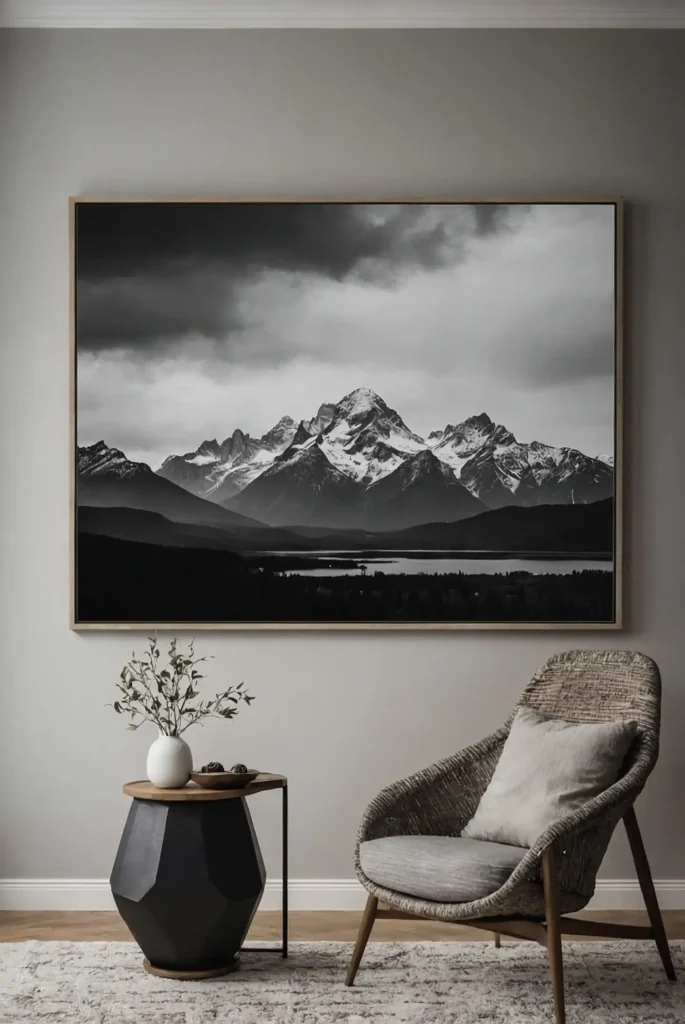
Create a sophisticated landscape using various shades of a single color. Choose a favorite color and mix it with white to create multiple tints for the sky, hills, and foreground.
Add the darkest version of your chosen color for shadows and accents. The limited palette creates a cohesive, elegant piece that works with any décor.
This technique introduces value and shading while simplifying color choices for beginners.
14: Rainy Day Window
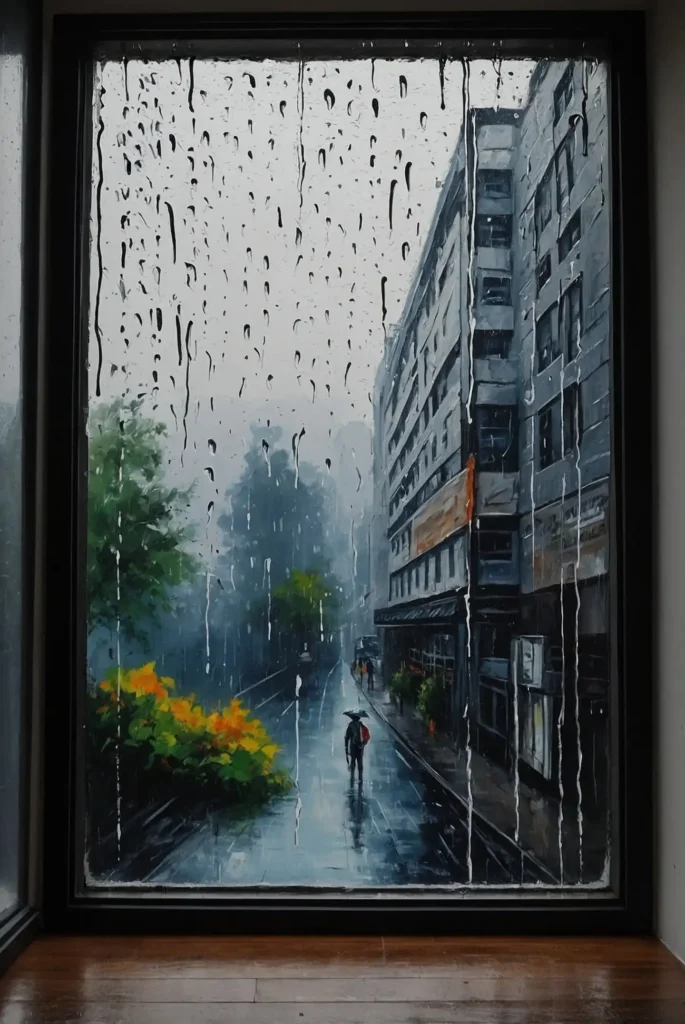
Create the illusion of raindrops on glass by painting a blurred background scene, then adding vertical streaks and water droplets in white or translucent paint once dry.
Focus on the random patterns of real raindrops rather than perfect placement.
The contrast between the soft background and crisp water drops creates dimensional impact.
This project teaches layering and observation skills while creating moody, atmospheric artwork.
15: Painted Leaf Prints

Collect interesting leaves, paint their undersides with vibrant colors, and press them onto your canvas to create natural prints.
Overlap various leaf shapes and colors for added interest.
Add stems or other details once the prints dry. The natural variations in each print add organic texture impossible to achieve with brushwork alone.
This technique introduces printmaking concepts while incorporating natural elements into your art.
16: Night Sky Silhouette
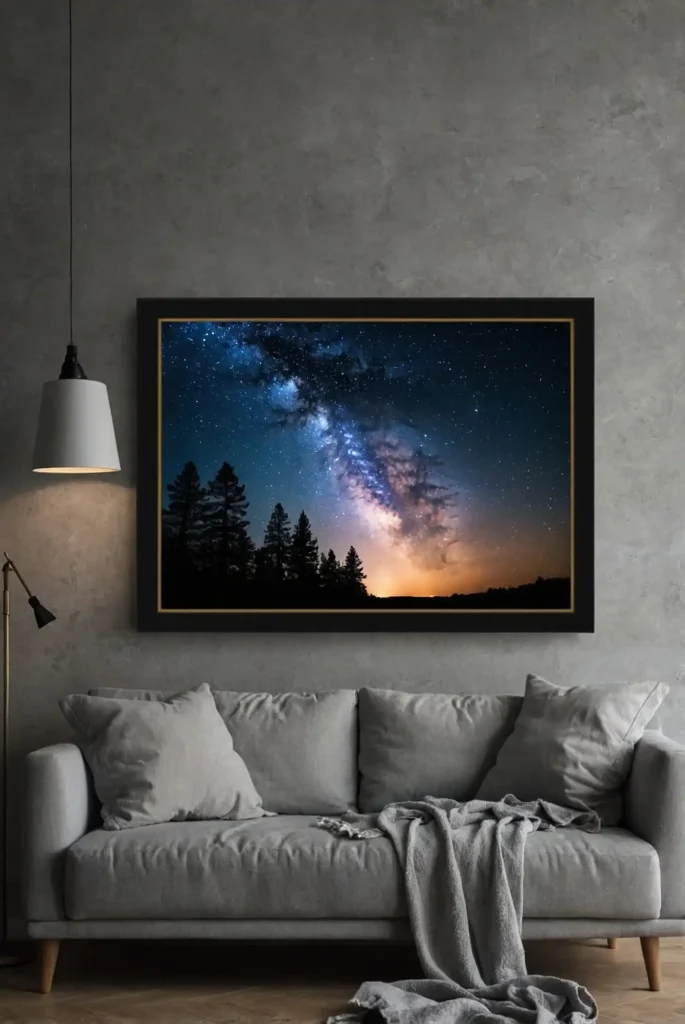
Paint a deep blue or black background, then use a sponge to dab on white paint for stars.
Add interest with a simple silhouette at the bottom – mountains, trees, or a cityscape.
Create a focal point with a larger celestial body like the moon or a planet. The contrast between the dark background and light elements creates dramatic nighttime scenes.
This project teaches basic composition while requiring minimal detailed brushwork.
17: Marbled Abstract

Create stunning marbled effects by mixing acrylic paints with a pouring medium. Pour your prepared colors onto canvas and tilt to create swirling, flowing patterns.
Experiment with different color combinations and pouring techniques for unique results every time. The fluid dynamics create intricate patterns impossible to achieve by hand.
This technique introduces experimental approaches while producing sophisticated abstract art with minimal brush skill required.
18: Mod Podge Photo Transfer
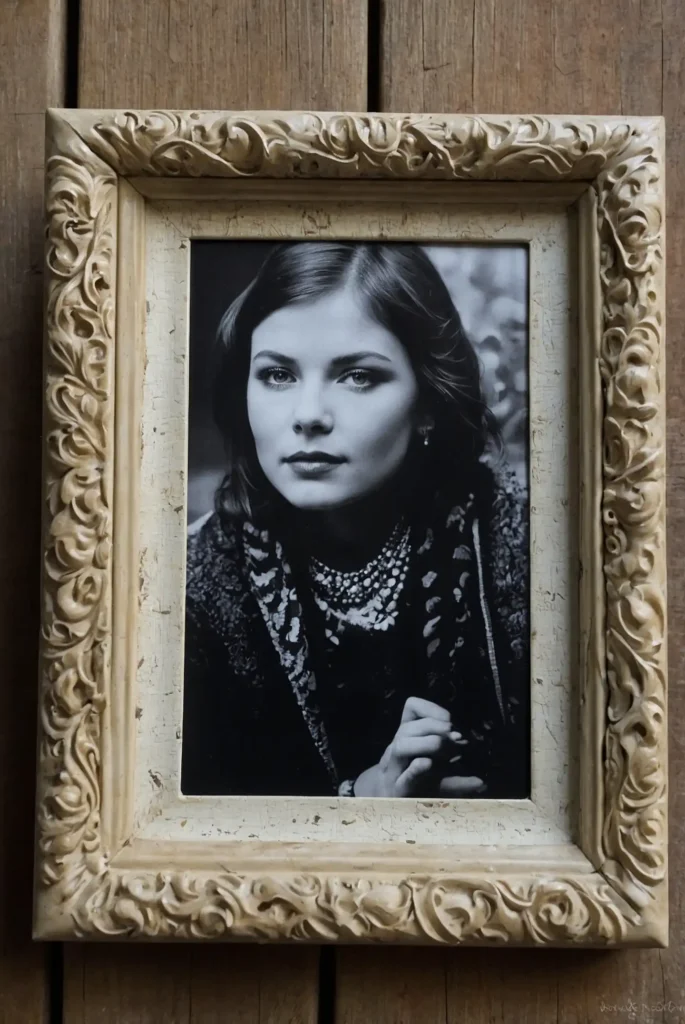
Transfer your favorite photograph to canvas by applying a layer of Mod Podge, placing a printed image face-down, and rubbing the paper away once dry to reveal the transferred image.
Add painted elements around your photo transfer to enhance the composition.
This mixed-media approach combines photography and painting for personalized art.
This technique introduces multiple mediums while creating meaningful personalized artwork.
19: Simple Cactus Collection
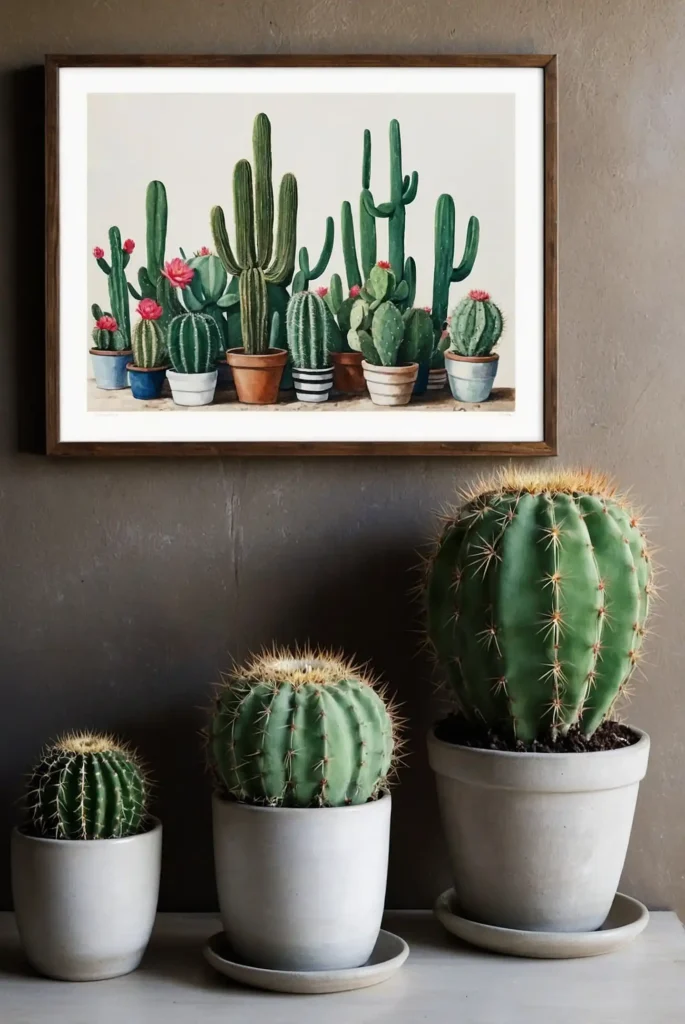
Paint a collection of simple cactus shapes in varying green tones against a light background.
Use basic geometric shapes – ovals, columns, and round forms require minimal drawing skill.
Add character with small details like tiny flowers or simple pot shapes at the bottom. The grouping of multiple small elements creates a cohesive collection.
This project teaches simple form creation while producing trendy botanical art perfect for modern spaces.
20: Gradient Color Blocks
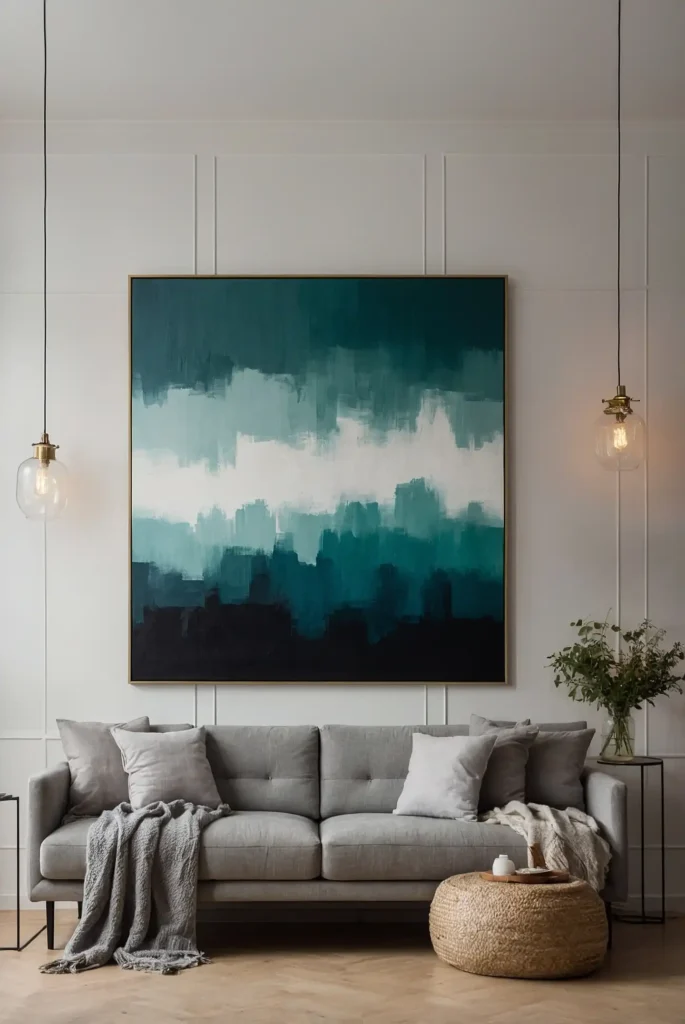
Divide your canvas into geometric sections using painter’s tape, then fill each with gradient colors that fade from dark to light or between complementary hues.
Remove the tape once dry for clean lines between your color blocks.
The systematic approach creates ordered, harmonious compositions perfect for contemporary spaces.
This technique teaches color blending within controlled spaces while creating modern, gallery-worthy artwork.
21: Splatter Paint Expressionism

Channel your inner Jackson Pollock by loading a brush with thinned paint and flicking it across your canvas to create dynamic splatter patterns. Layer multiple colors for depth.
Work from different angles to create varied patterns and movement.
This freeing technique celebrates spontaneity and removes the pressure of precise brushwork.
This project introduces action painting while creating energetic, expressive artwork that captures emotional freedom.
Conclusion
Your artistic journey starts with a single brushstroke.
These beginner-friendly projects will build your confidence, teach fundamental techniques, and most importantly, spark joy in the creative process.

